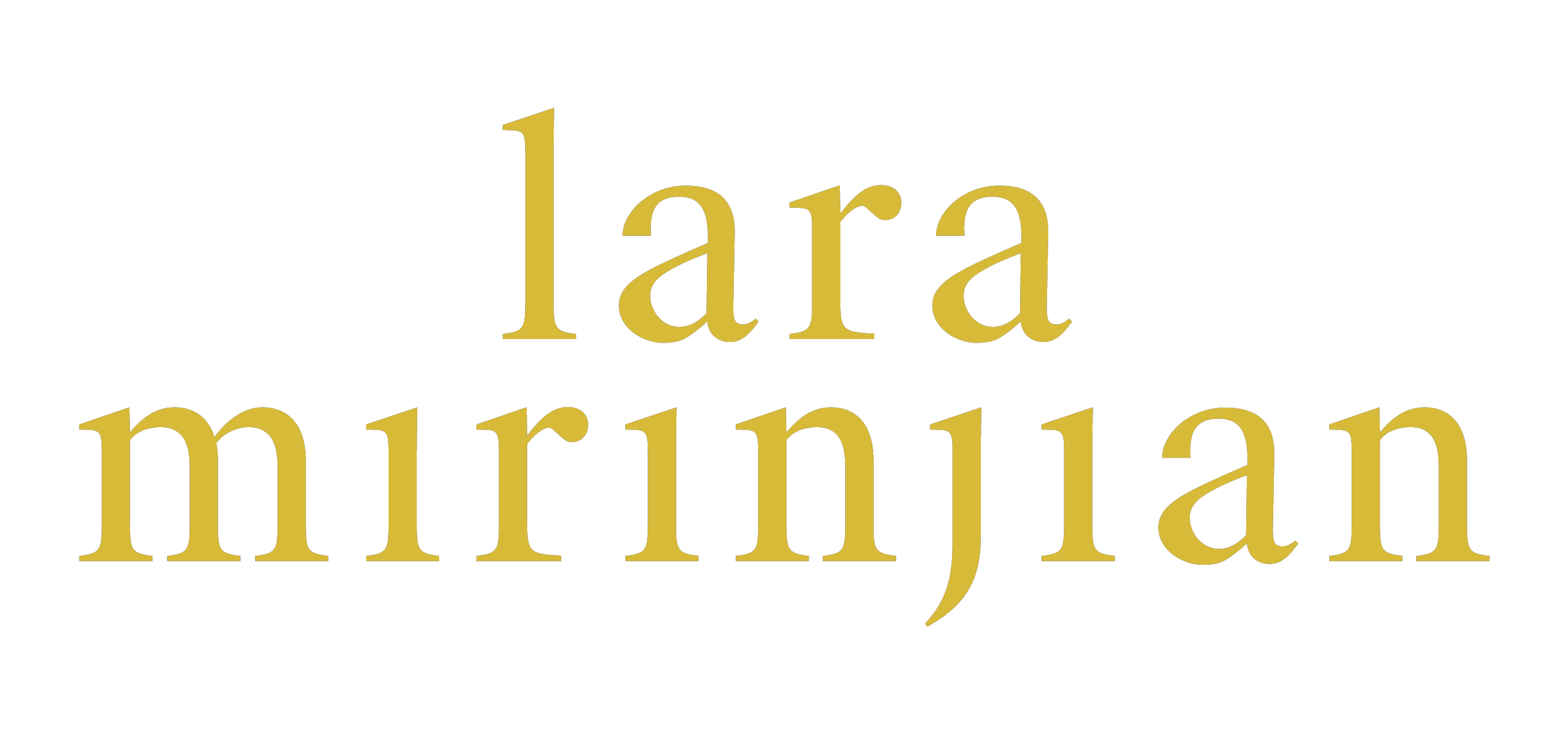The purpose of this article is to show you that there is hope with advancing your ability to sight-read no matter where you currently stand. It’s easier to improve your sight-reading by knowing your biggest roadblocks, so here are the top three mistakes that may hinder your progress as a sight-reader.
More...
1. Practicing…when you don’t know how.
This might sound funny if it’s the first time you’re hearing me talk about it. Practicing is essential to a musician’s growth, however, if done incorrectly, can waste your time at best, and actually slow down your progress at worst. This actually goes for music in general and not just sight-reading.
As an example, let’s take two of my students who we’ll call Robert and Frances. Neither of them had had any piano lessons before I came into the picture. Frances took lessons twice a week with me while Robert only took lessons once a week. Because I saw Frances more frequently and was able to teach her how to practice more often, she learned how to practice far better than Robert could since he had more time apart from me to practice however he thought was correct. They both spent about the same amount of time practicing in between lessons, but Frances’s progress was exponential compared to Robert’s.
Not only that, but I am sad to say that Robert’s practice often actually brought us to a place where we had to spend multiple lessons (read: multiple weeks) undoing the horrible mistakes and trying to reverse bad habits due to not following my instructions for practice. The tragedy continues as Robert still has these bad habits that are regularly getting in the way of steady and quick progress. Because lessons only happen once a week, we simply don’t have enough time together to really pull him out of the ditch he created for himself. Since he has not followed my instructions for practice, his progress is seriously hindered compared to what it could be.
The cure: Learn how to practice. If you haven’t already, you should check out my 90-Minute Sight-Reading Solution HERE. The best way to practice is by sight-reading new, easy pieces for you to read while following the guidelines listed HERE. Even if you take private lessons, do not underestimate your teacher’s suggestions on how to practice. If your teacher does not teach you how to practice, do yourself a favor and get a new one. If you can’t afford more frequent lessons, listen and do everything the teacher says to avoid falling in to this ditch. If you can’t afford private lessons in general, find only one or two teachers to follow online, and listen and do everything they say. By putting your trust in what the professionals know, you will progress more than you could imagine on your own.
2. Emphasizing notes over rhythm; not focusing on rhythm.
This is a HUGE one. If you haven’t already read my article on rhythm, read it HERE. The notes are not nearly as important as the rhythm. To summarize my previous article about rhythm, the notes are finite (we only have 88 keys), but the rhythms are infinite. Focus on the notes and you will forever struggle with learning new pieces. Focus on the rhythm and you will be surprised by your sight-reading progress.
The cure: Find a way to regularly practice rhythms. An excellent and my personal favorite remedy is the book called Basic Rhythmic Training by Robert Starer. Grab a copy and start tapping through the exercises. The top line is for the right hand to tap while the bottom line is for the left hand. You can also find an app that tests rhythms as well as many other online resources to help you practice as many different combinations of rhythms as you can find. If you haven’t already checked it out, there’s a good rhythm section in my 90-Minute Sight-Reading Solution that you can grab HERE.
3. Not regularly testing yourself on note recognition. (app, flashcards, etc.)
While rhythm is more important than note recognition, your progress will definitely be slowed down if you’re having trouble identifying which note is which on the staff and keyboard. If you’re only trying to sight-read without separating the practice of rhythm with note-reading, you’re truly doing yourself a disservice.
The cure: Get a note recognition app or a pack of flashcards (or both!) and test yourself on reading the notes everyday. Make sure you don’t leave out any accidentals (sharps or flats) and eventually incorporate ledger lines. An excellent app I have found is called Music Note Sight Reading Trainer. Use the “Full Keyboard” function under settings. Practice this along with practicing your rhythm exercises daily. By separating the rhythm from note recognition, you are able to advance these skills much faster than you would if you were to try doing both at the same time by sight-reading.
Now that you’ve seen how these very common sight-reading mistakes can lead to extremely slow progress (or even no progress at all), I hope you will incorporate the cures described above so that you can progress at the rate that you have imagined. Substitute your regular practice routine with these suggestions for a couple weeks and let me know about your progress.
Have fun!


